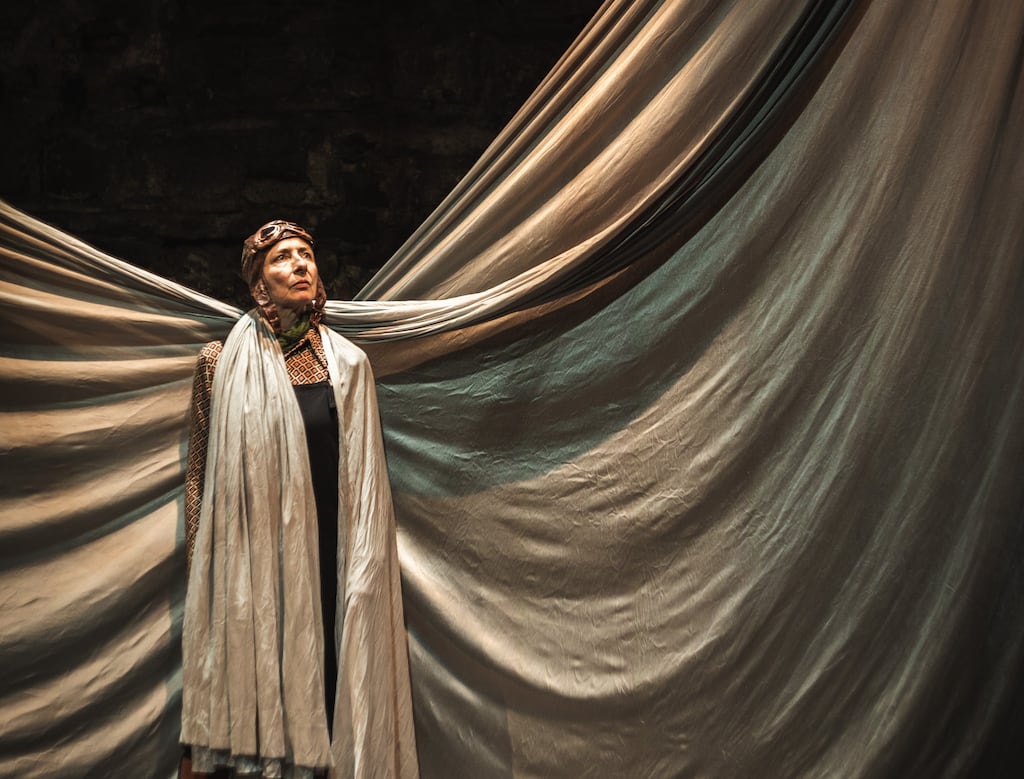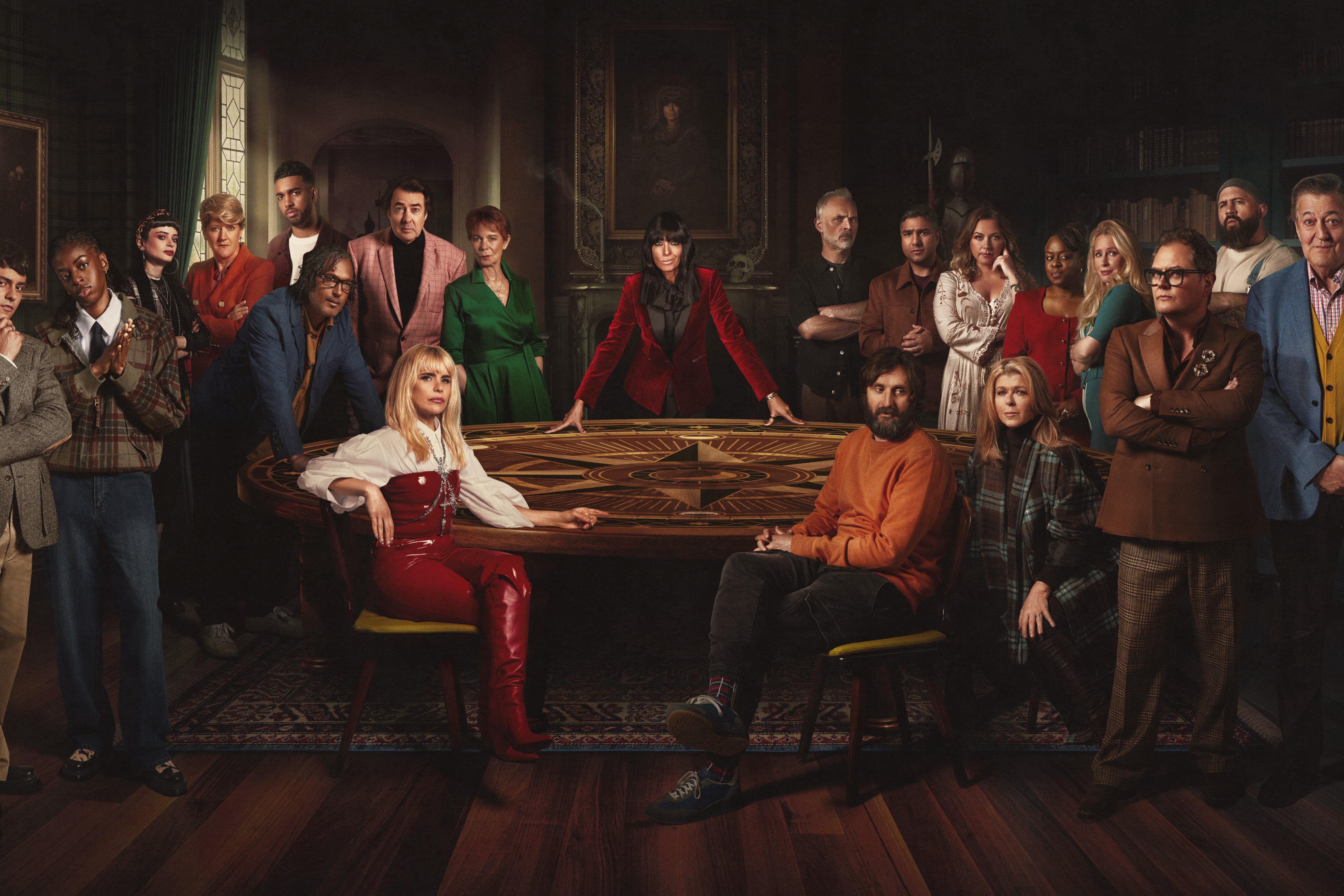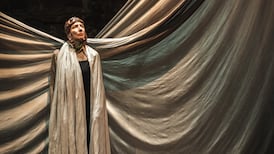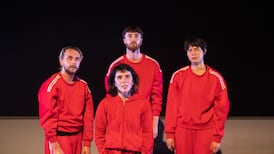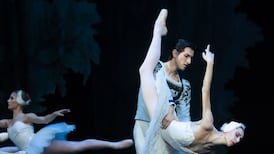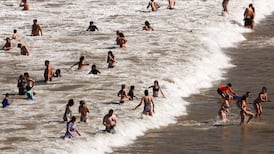Amelia
Factory Performance Space, Sligo
★★★★☆
There’s a moment in Blue Raincoat’s swooning play about Amelia Earhart when the aviator, stranded in the central Pacific, seems about to apologise.
Whether regretting a life-endangering attempt to circumnavigate the world, or flying in the face of everything the early 20th century determined was for women, she sincerely begins: “The truth is I did it for selfish reasons…” But just when it seems she might yearn for a different direction in life, the pilot unapologetically doubles down. “I did it because I wanted to.”
Sandra O Malley’s down-to-earth, no-nonsense Earhart speaks mostly in detached pilot’s reports. There is no attempt to re-create the flat vowels of the aviator’s native Kansas, the production instead staying close to the northwestern accent of Blue Raincoat’s native Sligo.
Susanne Colleary’s neat script provides a breezy biography, finding Earhart among the wreckage where her doomed world flight ended in 1937, and mapping her lifelong affection for aviation and eventual tailspin into that fatal voyage.
READ MORE
It’s an adventure that Niall Henry, as director, seems happy to be on. In a bold departure, he bridges the company’s background in rigorously controlled movement with the spectacle of aerial dance. When Earhart recalls pretending to fly on a magic carpet as a child, we see a figure (Aisling Ní Cheallaigh) zip into the air on a hoop, her movement widening into pendulum-like swoops that represent the first airborne plane that young Amelia laid eyes on.
This is the most romantic depiction of expedition in any of Blue Raincoat’s plays about explorers. (This is their sixth since The Strange Voyage of Donald Crowhurst, in 2003.) Comparison with the bleakly desolate snowscapes of Shackleton (2016) and Hunting Darwin (2021), with their emphasis on overcoming treacherous landscapes, the aircraft manoeuvres in Amelia are stylishly attractive. During one takeoff, Ní Chellaigh exchanges aerial hoop for beige, contrail-evoking silks that drape behind her.
The only moderation comes from Earhart herself, who, tough-minded and uncomfortable with celebrity, prefers to dispense advice about navigational instruments and report on atmospheric conditions. Hers is the unglamorous side of aviation: a cockpit outfit (“this little number”) pairing shrunken-looking overalls with huge goggles; a funnel used to urinate mid-flight.
O Malley occasionally lets enthusiasm show. The aviator’s urgent SOS, which the audience hears repeated throughout the play, sounds more like a self-affirmation when we see her complete her solo flight across the Atlantic, as O Malley raises the volume of her delivery: “This is Amelia Earhart!”
During the ill-fated world flight, Henry lingers on affecting images such as the aviator sleeping beneath the stars in Khartoum. Instead of a fatal plummet, the play allows a dream sequence in which Earhart’s plane ascends through the atmosphere, to an echo of John Howard Payne’s song Home! Sweet Home! The place she belongs, in Blue Raincoat’s dutiful play, is the sky.
Amelia is at the Factory, Sligo, Dublin, until Saturday, November 15th
